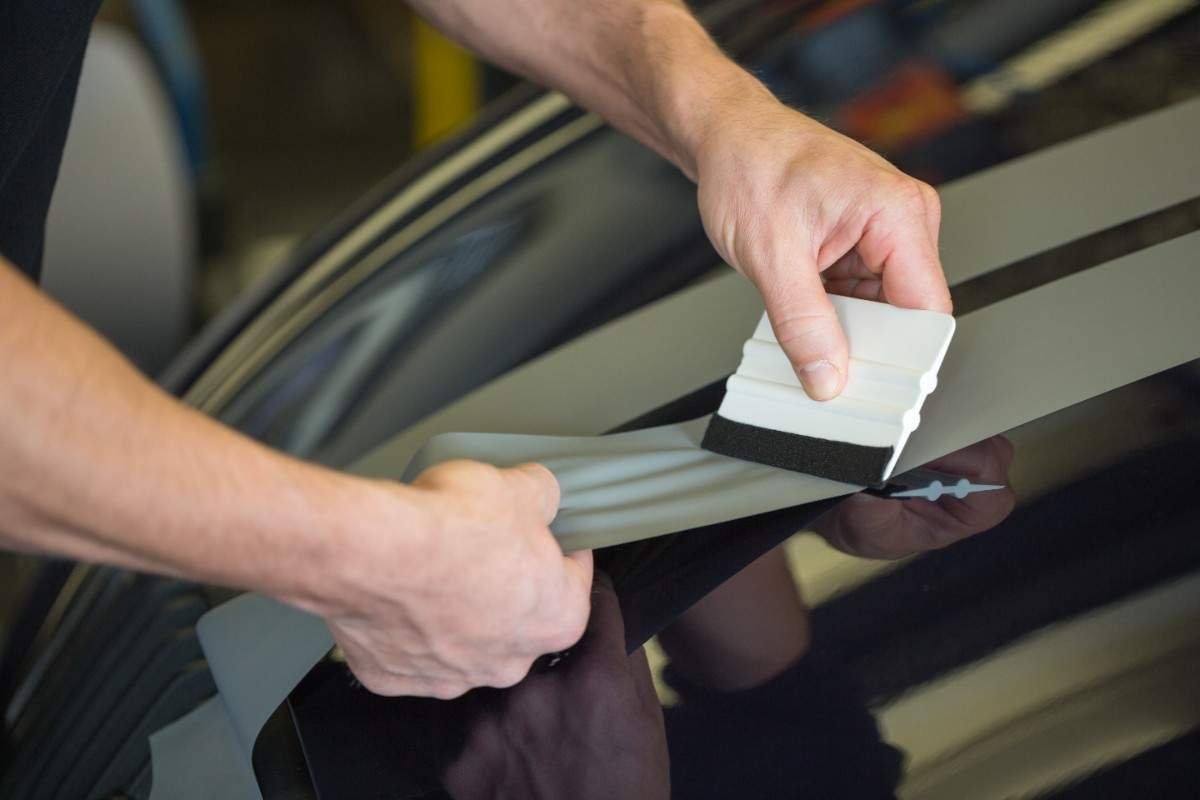How Do I Stop My Windshield from Cracking in the Winter?

Winter brings with it the magic of snowflakes and the warmth of cozy firesides, but it also ushers in a common automotive woe – windshield cracks, especially those contributing to night glare. As temperatures plummet, your car's windshield becomes susceptible to damage, and those pesky cracks can quickly turn into major headaches.
Discover practical tips and effective ways to help you prevent your windshield from cracking during the cold winter months. Say goodbye to costly repairs and frustrating trips to the auto glass shop as we explore the steps you can take to keep your windshield in pristine condition, even in the harshest winter conditions.
Understanding the Causes of Windshield Cracks
To prevent your windshield from cracking in the winter, you need to understand what causes it to happen.
One of the main causes is extreme temperature changes. When you blast hot air from your car's heater onto a cold windshield or pour hot water on it, the sudden temperature change can cause stress on the glass, leading to cracks.
Another common cause is ice buildup. When snow or ice accumulates on your windshield and you try to scrape it off with a sharp object, such as an ice scraper, you risk scratching or cracking the glass.
Additionally, driving over potholes or speed bumps can create vibrations that weaken the windshield over time, making it more susceptible to cracking.
Proper Maintenance and Cleaning
Keep your windshield in good condition during the winter by regularly maintaining and cleaning it.
Proper maintenance and cleaning of windshields are essential to prevent cracks and damage caused by cold temperatures, ice, and road debris.
Start by inspecting your windshield for any existing chips or cracks. If you notice any, promptly repair them to prevent them from spreading.
Regularly clean your windshield using a mixture of water and mild detergent. Avoid using harsh chemicals or abrasive materials that can damage the glass.
Additionally, regularly check and replace worn-out wipers to ensure optimal visibility.
During winter, remove ice and snow from your windshield using an ice scraper or a soft brush.
Taking these proactive steps will help keep your windshield strong and crack-free throughout the winter season.
Using Protective Windshield Covers
One way to protect your windshield during the winter is by using a protective windshield cover. These covers are designed to shield your windshield from extreme cold temperatures, ice, snow, and other harsh weather conditions, including the night glare from oncoming vehicles. They provide a physical barrier that prevents ice, snow, and glare from accumulating directly on the glass surface, reducing the risk of cracks, chips, and impaired visibility.
A protective windshield cover is easy to use. Simply place it over your windshield before the onset of winter weather and secure it in place using built-in straps or magnets. When it's time to hit the road, remove the cover and your windshield will be clear, free from ice, snow, and night glare, ready for safe driving.
Investing in a high-quality windshield cover is a smart move to protect your windshield from winter damage. It's a simple and effective solution that can save you money on repairs, and replacements, and ensure better visibility during night drives.
Parking Strategies to Minimize Cracking
When parking your car during the winter, take steps to minimize the risk of windshield cracking. One important strategy is to park your car in a garage or carport whenever possible. This protects from extremely cold temperatures and prevents sudden temperature changes that can lead to cracks.
If a garage or carport isn't available, try to park your car away from trees or other objects that could potentially fall and damage the windshield. Additionally, avoid parking in areas where snow and ice are likely to accumulate, such as under a roof with icicles or near snow plow routes.
These precautions will help reduce the chances of your windshield cracking and ensure that you can start your day without any unexpected damage.
Dealing With Existing Cracks
To address existing cracks in your windshield, it's important to take prompt action and seek professional repair or replacement.
Ignoring cracks can lead to further damage and compromise the structural integrity of your windshield.
The first step is to contact reputable auto glass repair experts as they can guide you through the process and provide expert advice.
Depending on the severity of the crack, repair may be possible using specialized resins that fill and seal the damaged area.
However, windshield replacement may be necessary if the crack is extensive or obstructs your line of sight. After replacing the windshield, proper care of the new windshield is necessary.